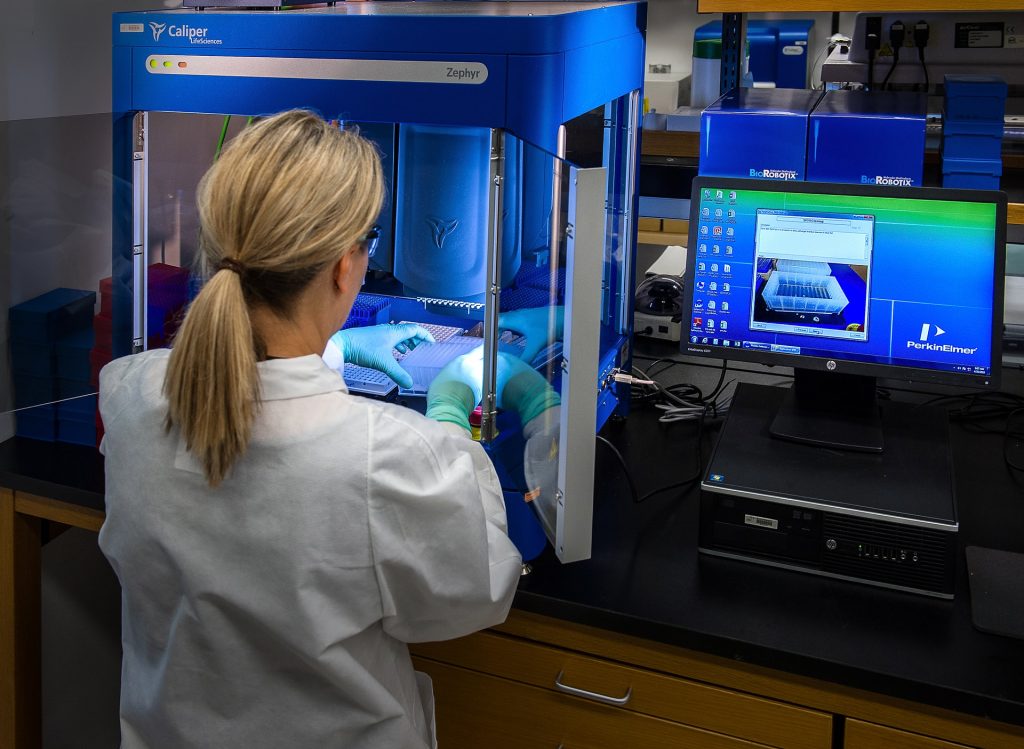The COVID-19 pandemic has ushered in Healthcare 4.0 as healthcare systems and providers have been forced to adopt solutions that empower healthcare professionals and support remote patients. Both Augmented Reality (AR) and Virtual Reality (VR) solutions are starting to revolutionize healthcare applications and services, and at the same time, contribute to the fight against COVID-19. The AR healthcare market is expected to generate approximately $10 billion in revenues with the VR Healthcare market reaching $1.2 billion in 2024, according to a new report from global tech market advisory firm, ABI Research.
“Thanks to the technological maturity, more affordable prices, a wider range of content providers and numerous successful implementations, AR and VR solutions have proven their value and are increasingly established in healthcare training and education, pre-operation and treatment planning, and data/3D model visualization use cases,” Eleftheria Kouri, AR/VR Research Analyst at ABI Research, explained. “At the current stage of the market, AR and VR solutions are considered reliable and cost-effective digital tools for high-value use cases in healthcare. At the same time, the introduction of AR elements in telehealth services is a promising and natural use case that can add value and clarity for users and fill in gaps exposed today with the difficulty of in-person visits.”
The shift to more patient-centric and predictive healthcare monitoring approaches will drive the growth and adoption of digital solutions. Mixed Reality headsets will play an essential role in digital twin concept visualization, such as hospital planning concepts or drug development and examination scenarios. In addition, AR applications allow patients to enrich their knowledge about medical issues or assist them with drug intake processes by overlaying information regarding dose, schedule and chemical components. VR therapies are another growing area with encouraging metrics proven to help patients overcome mental wellness issues such as phobias and chronic pain.
“The healthcare sector is slow to embrace change, but COVID-19 and ongoing digitization pressures have accelerated plans. High investment cost, cultural challenges, strict regulations and health and safety standards, and complex integration are still valid barriers requiring AR/VR healthcare solution providers to plan for and address. However, the value of these solutions is continually proven across use cases, improving safety, accuracy, efficiency and efficacy,” Kouri concluded.
These findings are from ABI Research’s Augmented and Virtual Reality in Healthcare application analysis report. This report is part of the company’s Augmented and Virtual Reality research service, which includes research, data and ABI Insights.
To read more news from Sound & Communications, click here.
